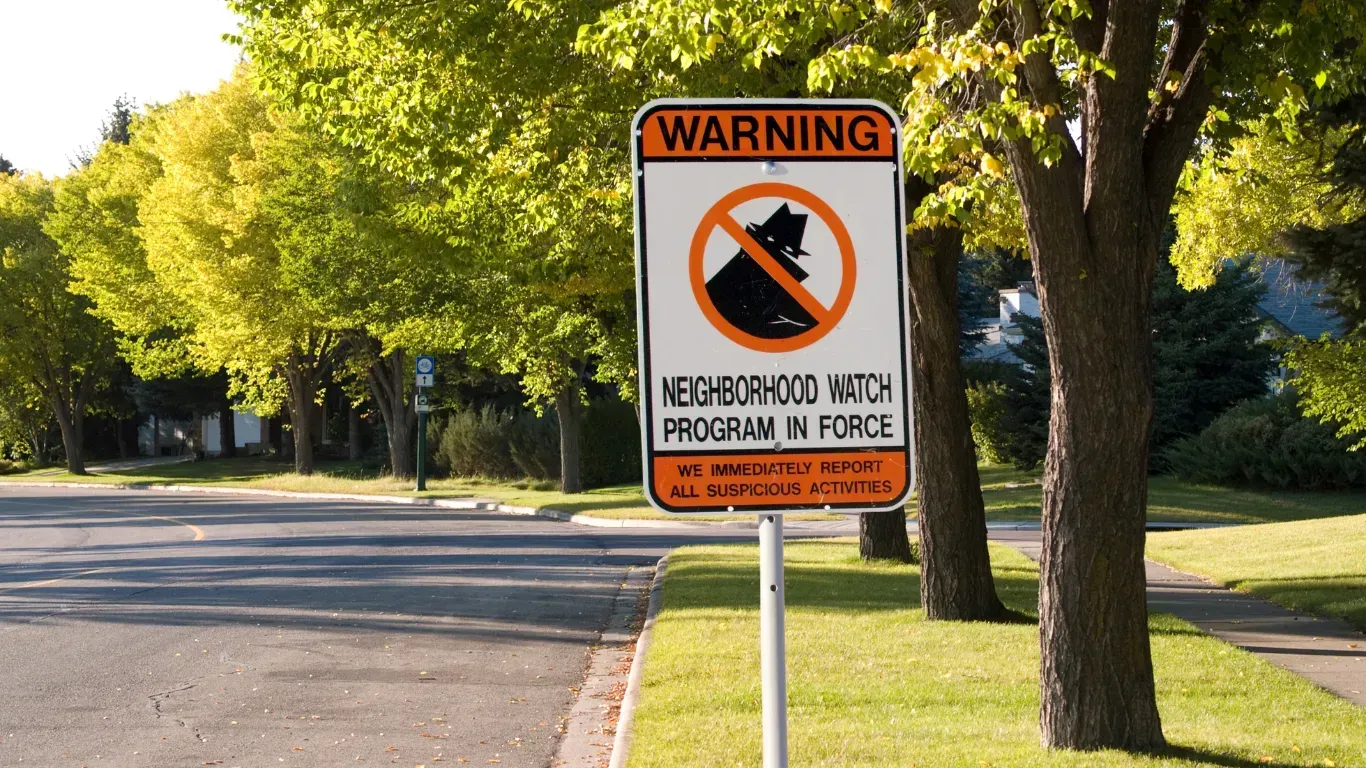Nitazene: A New Opioid Abuse Trend by Alina Lopez
This article has been written by Alina Lopez

Move over Fentanyl; a new opioid is on the rise. Most of you may be familiar with the Fentanyl epidemic that has taken our country by storm. Opioid abuse is nothing new in this country (and worldwide) and recent shows like Painkiller and Dopesick highlight the rise of OxyContin abuse and popularity of pain clinics back in the early 2000’s. Users seek the euphoric and relaxing effect that opioids provide, however dangerous it may be, thus adding to the potential for addiction. The opioid epidemic hasn’t gone away. As the demand for illicit opioids continues to increase, so does the desire for a stronger substance. Maybe bumped down a spot from COVID-19 in the list of public health concerns, but make no mistake, it is returning to its number one spot.
What the public knows about Fentanyl has been showcased in the media as a powerful drug that if used other than for its medical purpose can cause immediate overdose in many instances and is so strong that accidentally inhaling particles of the drug can cause a reaction and potential overdose as well, as has been reported by law enforcement agencies. We’ve been exposed to videos of people overdosed and passed out in their cars with children in the back seats, first responders administering Narcan in the hope it’s not too late to bring them back.
Now imagine a drug up to 20 times more powerful than Fentanyl, which is already 50 times stronger than heroin. It crosses the blood-brain barrier in seconds because so little is needed to produce a high. This drug is synthetic opioid, nitazene, also known as “Frankenstein Opioid”. Slowly on the up and coming, this designer drug traces its roots back to nearly 60 years ago as a potential alternative to morphine. It quickly was deemed not practical for medical use because of its great potential for overdose. The formula sat on a shelf for decades until recently where it began popping up in illicit labs, a majority coming from China.
The signs of nitazene overdose are similar to that of other opioid overdoses: decreased level of consciousness, respiratory depression, pinpoint pupils, blue lips or fingertips, and cold, clammy skin. Overdose subjects cannot be awakened and are unable to speak. Coupled with poly drug use (mixing various substances such as alcohol, cocaine, or other drugs) it complicates the picture even further. Administering a dose of Narcan or Naloxone is not effective, and first responders have to use two or three doses to reverse the effects, if possible. Many users have stated that they were unaware they were taking nitazenes as it’s being laced unsuspectingly with other drugs such as heroin or fentanyl.
Even with the possibility of this new chemical, opioid abuse is a serious and catastrophic problem. If you or someone you know is struggling with an addiction, know that there is help out there. Contact a treatment provider to ask questions and seek the assistance treatment needed.
Until next time, be aware, make good choices, and be safe! To contact our office, call 305-470-1670 or visit our website www.citizenscrimewatch.org.







Share this article


